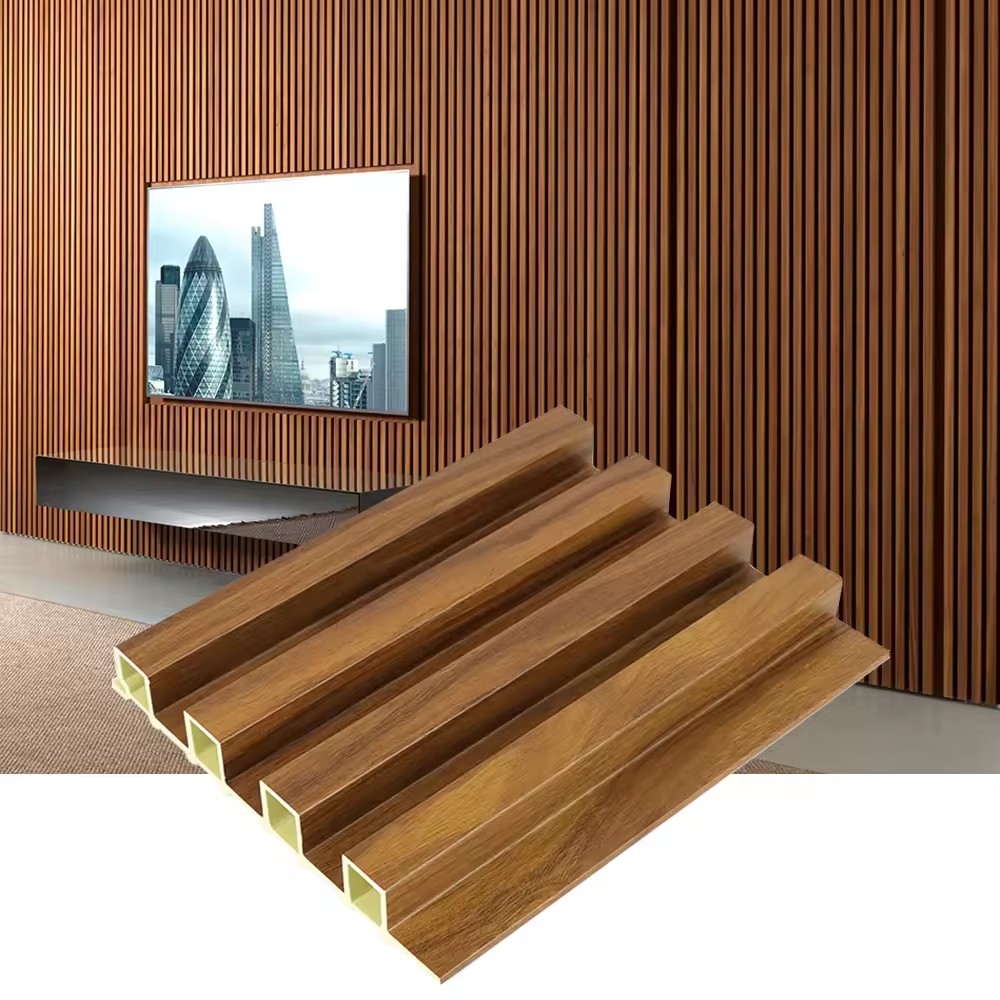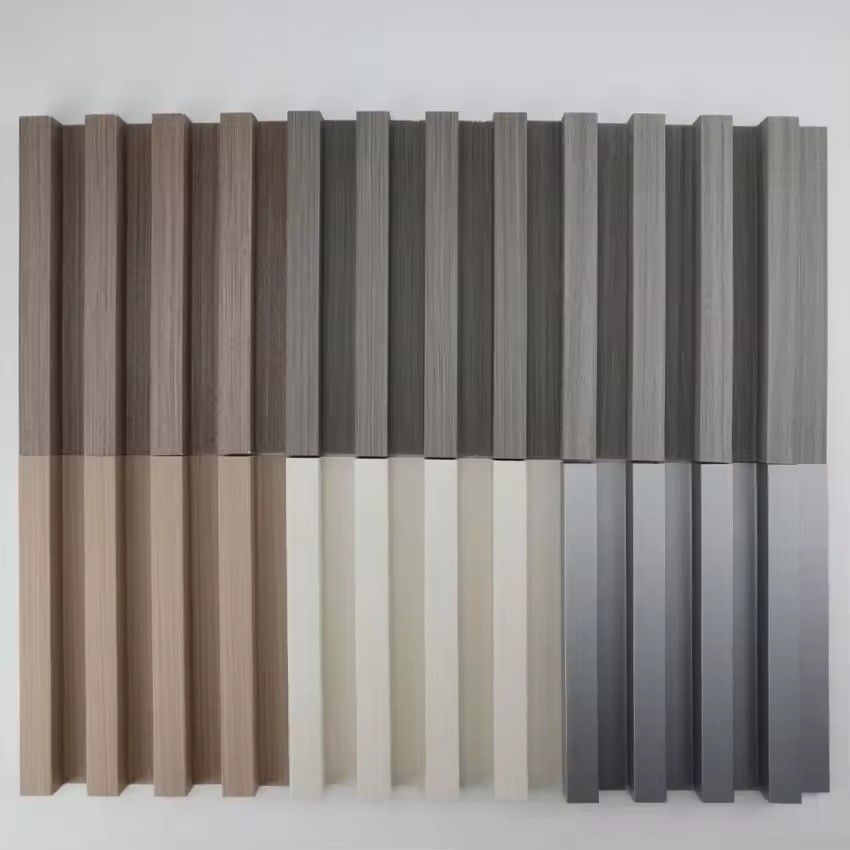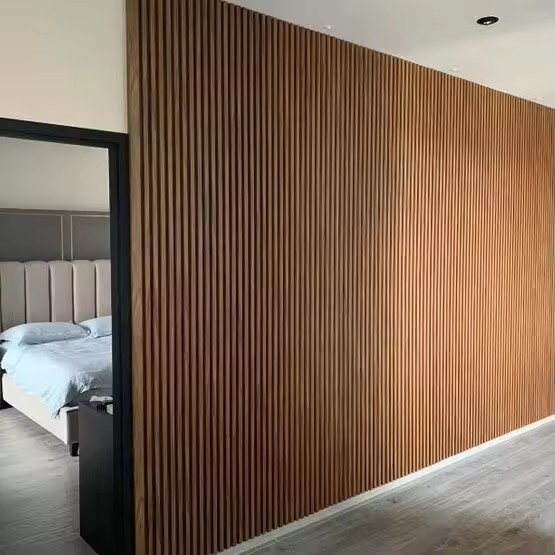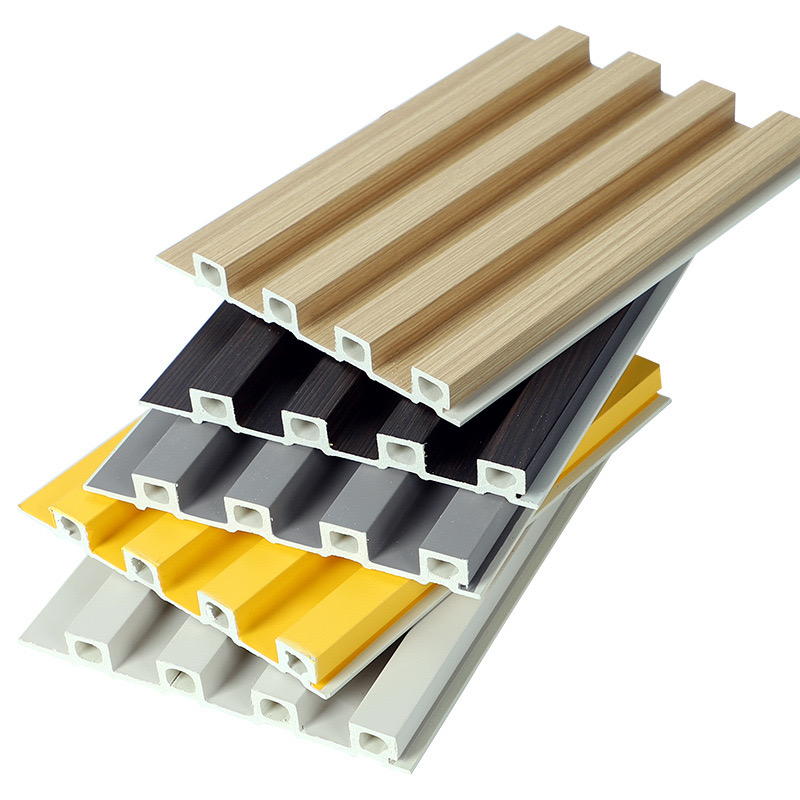CALL US
(08) 8123 8664 - 0449937337
Regardless of your location, finding the right WPC wall cladding supplier can be a daunting task. With the growing popularity of this innovative building material, the market has become increasingly saturated, making it essential to identify reliable and trustworthy providers in your local area.
WPC Wall Cladding
WPC Wall Cladding
Adelaide, the vibrant capital of South Australia, has been at the forefront of the sustainable building movement, and WPC wall cladding has become a popular choice among local homeowners and designers. The city's commitment to eco-friendly practices and progressive architectural trends has led to a thriving market for high-quality WPC wall cladding products.

Adelaide's construction industry has embraced the advantages of WPC wall cladding, and local suppliers have responded by offering a diverse range of products to meet the growing demand. From reputable national brands to specialized local manufacturers, Adelaide homeowners and professionals have access to a wide selection of WPC wall cladding options.
One of the suppliers of WPC wall cladding in Adelaide is Tonado, a well-established provider of sustainable building materials. Tonado offers a comprehensive range of WPC wall cladding products, including various colors, textures, and profiles to suit different design preferences.
Another prominent player in the Adelaide market is Bunnings, Focusing on both residential and commercial projects.
When choosing WPC wall cladding in Adelaide, it's essential to consider factors such as the project's location, the desired aesthetic, and the specific performance requirements. Reputable suppliers in the city can provide expert guidance to help you navigate the selection process and ensure that the chosen product meets your needs.
As you explore the WPC wall cladding options in Adelaide, it's crucial to work with reputable suppliers that can provide high-quality products, reliable installation guidance, and excellent customer service to ensure a successful project outcome.
With a shortlist of reputable suppliers in hand, the next step is to compare the available WPC wall cladding options and pricing. This will help you make an informed decision that aligns with your project's budget and design objectives.
By thoroughly researching local WPC wall cladding suppliers and comparing their products and services, you can ensure that you find the best solution for your specific project needs.

One of the most impressive applications of WPC wall cladding is its ability to enhance and transform outdoor spaces. Whether you're looking to update the façade of your home, create a stunning outdoor living area, or revitalize a commercial property, WPC wall cladding offers a versatile and durable solution that can elevate the aesthetic and functionality of your outdoor environment.
For homeowners, WPC wall cladding can be a game-changer when it comes to improving the curb appeal and overall aesthetic of their property. The material's wide range of colors, textures, and profiles allows homeowners to achieve a custom look that complements the architectural style of their home.
The material's versatility and performance attributes make it an ideal solution for enhancing the aesthetic appeal and functionality of these environments.
In addition to improving residential and commercial exteriors, WPC wall cladding can also be used to create stunning living areas. By incorporating this material into the design, homeowners and landscapers can achieve a cohesive and visually appealing outdoor environment.
Whether you're looking to enhance your home's curb appeal, revitalize a commercial property, or design a captivating space, WPC wall cladding offers a versatile and high-performing solution that can elevate the beauty and functionality of your outdoor environment.

When considering the installation of WPC wall cladding, one of the primary concerns for homeowners and commercial property owners is the cost. The price of WPC wall cladding can vary depending on several factors, and understanding these factors can help you budget and plan your project effectively.
The cost of WPC wall cladding is determined by a combination of material, labor, and installation-related factors. By understanding these factors, you can make informed decisions and ensure that your project stays within your budget.
The cost of WPC wall cladding is directly influenced by the material composition and quality. Cladding with a higher wood content or premium polymer blends will generally be more expensive than entry-level options.
The size and profile of the WPC wall cladding boards can also impact the overall cost. Larger boards or those with more intricate designs may come with a higher price tag.
The desired finish and texture of the WPC wall cladding can also affect the cost. Specialized or custom finishes, such as wood-grain patterns or metallic accents, may increase the price.
In addition to the cladding boards themselves, the cost of accessories, such as trims, fasteners, and installation tools, should also be factored into the overall budget.
The complexity of the installation process, the need for specialized labor, and the size of the project can all contribute to the labor and installation costs associated with WPC wall cladding.
To accurately budget for your WPC wall cladding project, it's essential to consider all the relevant factors and obtain quotes from multiple suppliers and contractors. This will help you identify the most cost-effective solution that meets your design and performance requirements.
| Factor | Estimated Cost Range |
| Material Composition and Quality | $25 to $50 per meter |
| Finishes and Textures | $35 to $75 per sq ft |
| Accessories and Fasteners | $5 to $15 per sq ft |
| Labor and Installation | $10 to $25 per sq ft |
By taking the time to understand the various cost factors associated with WPC wall cladding, you can make informed decisions, effectively manage your project budget, and ensure that your investment in this innovative building material delivers the best possible return.
Properly installing WPC (Wood Plastic Composite) wall cladding is crucial to ensuring its long-term performance and aesthetic appeal. Whether you're a homeowner tackling a DIY project or a contractor overseeing a larger commercial installation, understanding the step-by-step process can help you achieve a professional-looking finish.
Before you can begin the installation process, it's essential to properly prepare the wall surface. This includes ensuring the wall is clean, level, and free from any obstructions or irregularities.
The next step in the process is to install the mounting system, which provides a secure and stable foundation for the WPC wall cladding.
With the mounting system in place, you can begin cutting and fitting the WPC wall cladding boards.
To complete the installation, it's important to address any gaps or openings and apply the necessary sealants and trims.
To ensure the long-term performance and appearance of your WPC wall cladding, regular maintenance is essential.
By following this step-by-step guide, you can ensure a successful and professional-looking installation of your WPC wall cladding, whether for a residential or commercial project.

WPC (Wood Plastic Composite) wall cladding has emerged as a versatile and innovative solution for enhancing the aesthetic appeal of both residential and commercial properties. With its wide range of design options, durability, and sustainable attributes, WPC wall cladding has the power to transform the exterior of any building, elevating its visual impact and contributing to a modern, cohesive aesthetic.
One of the key advantages of WPC wall cladding is its diverse design capabilities. Manufacturers offer a wide variety of colors, textures, and profiles to suit a broad range of architectural styles and personal preferences.
WPC wall cladding can be found in a diverse array of colors, from natural wood tones to bold, vibrant hues. Additionally, the surface textures can range from smooth and sleek to embossed, wood-grain patterns, providing endless opportunities for creative expression.
Beyond traditional flat panels, WPC wall cladding can be designed with various profiles, such as horizontal, vertical, or even three-dimensional patterns. This allows for the creation of visually striking and dynamic exterior designs.
The versatility of WPC wall cladding makes it a suitable choice for a wide range of architectural styles, from contemporary to traditional.
For modern and contemporary buildings, WPC wall cladding can be used to create clean, minimalist lines and a sleek, sophisticated appearance. The material's ability to be customized with bold colors and unique profiles allows architects and designers to push the boundaries of traditional exterior design.
WPC wall cladding can also be used to complement and enhance traditional architectural styles, such as colonial, craftsman, or Mediterranean-inspired homes. By selecting wood-grain textures and natural color palettes, the material can seamlessly integrate with the building's existing aesthetic.
In addition to its design versatility, WPC wall cladding is also a highly sustainable building material, making it an attractive choice for eco-conscious homeowners and environmentally-focused architects.
One of the key sustainability features of WPC wall cladding is its composition of recycled materials. Typically, WPC is made from a blend of wood fiber or cellulose and plastic polymers, which may include recycled plastics. By utilizing these recycled materials, WPC helps reduce waste and minimize the demand for virgin resources.
Compared to traditional wood cladding, the manufacturing process of WPC requires less energy and produces lower emissions. This energy efficiency contributes to a reduced carbon footprint, making WPC a more environmentally friendly option for exterior cladding.
Another sustainable aspect of WPC wall cladding is its long lifespan and durability. Unlike natural wood, WPC is resistant to rot, decay, and insect damage, leading to a longer-lasting product that requires less frequent replacement. This longevity helps reduce overall resource consumption and waste generation.
In addition to its sustainable attributes, WPC wall cladding can also contribute to improved energy efficiency in buildings. The insulating properties of WPC help regulate indoor temperatures, reducing the need for excessive heating or cooling. This thermal performance can lead to lower energy bills and decreased reliance on HVAC systems.
WPC is inherently resistant to moisture and water damage, making it an ideal choice for exterior applications where exposure to the elements is a concern. By preventing moisture infiltration, WPC wall cladding can help maintain the structural integrity of a building over time, reducing the likelihood of costly repairs and replacements.
At the end of its life cycle, WPC wall cladding can often be recycled and repurposed into new products, further extending its sustainability benefits. Some manufacturers offer take-back programs or recycling initiatives to ensure that old WPC materials are diverted from landfills and reintegrated into the production chain.
When selecting WPC wall cladding for a project, it's essential to consider the full life cycle of the material, including its environmental impact from production to disposal. By choosing responsibly sourced WPC products and implementing proper waste management practices, you can maximize the sustainability benefits of this innovative building material.
In conclusion, WPC wall cladding offers a compelling combination of sustainability, durability, and design versatility, making it a standout choice for modern architectural projects. By integrating WPC into your exterior design plans, you can elevate the aesthetic appeal of your property while minimizing your environmental footprint.
In conclusion, WPC wall cladding is a modern and sustainable solution that offers a wide range of benefits for both residential and commercial projects. From its versatile design options to its eco-friendly attributes, WPC wall cladding has the potential to transform any exterior space into a stylish and environmentally conscious area.
By understanding the various factors that influence the cost of WPC wall cladding, you can make informed decisions when selecting materials for your project. Whether you are looking to enhance the aesthetic appeal of your outdoor space or improve the energy efficiency of your building, WPC wall cladding provides a durable and visually appealing solution.
Furthermore, the step-by-step guide to installing WPC wall cladding ensures a successful and professional-looking installation process, whether you are a DIY enthusiast or working with a professional contractor. By following these guidelines, you can achieve a seamless and long-lasting result that enhances the overall appearance of your property.
Incorporating WPC wall cladding into your interior design projects also opens up a world of creative possibilities, allowing you to create modern and aesthetically pleasing spaces that reflect your personal style. With the right inspiration and design guidance, you can unleash your creativity and transform any room into a contemporary masterpiece.
Overall, WPC wall cladding offers a sustainable, cost-effective, and visually appealing solution for enhancing both the interior and exterior of your property. By exploring the diverse design options, understanding the cost factors, and following the installation guidelines, you can elevate your space with stylish and eco-friendly WPC wall cladding.